Using a POS Machine
- Overview: How to use a POS Machine at the Farmers’ Market
- Purchasing a POS Machine
- What costs can the market expect?
- Should the market accept debit and credit cards?
- Market currency
- Vendor reimbursement
Most farmers’ markets accept SNAP benefits with a Point of Sale (POS) wireless machine which processes your sales transactions, and deposits the SNAP funds into your bank account. You will also need to find a wireless service provider that works well in your area such as AT&T, Verizon, etc.
After purchasing a POS machine, you must create market currency for SNAP customers and you must determine a method of reimbursement for your vendors.
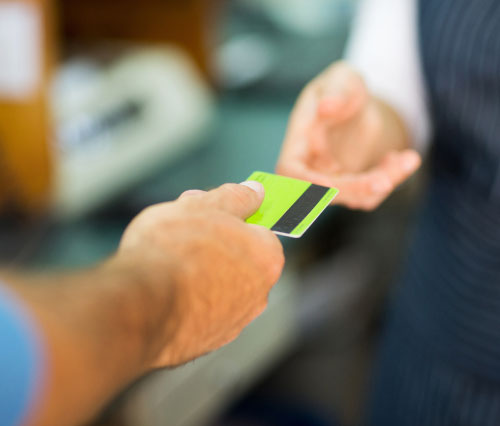
Overview: How to use a POS machine at the Farmers’ market
- The POS machine is typically operated at a central location by a trained market manager, vendor or volunteer.
- The market representative assists the SNAP customer in swiping their card and the customer enters their confidential PIN number.
- The customer chooses how much he or she would like to spend.
- The transaction is submitted wirelessly over cellular phone networks.
- The customer is approved or denied automatically.
- If approved, the customer is given market currency for desired amount.
- The customers’ SNAP benefits are directly deposited into the market bank account (within 7 days of transaction).
- The customer uses the market currency just like cash, with eligible market vendors.
- Vendors collect the market currency for reimbursement with the market.

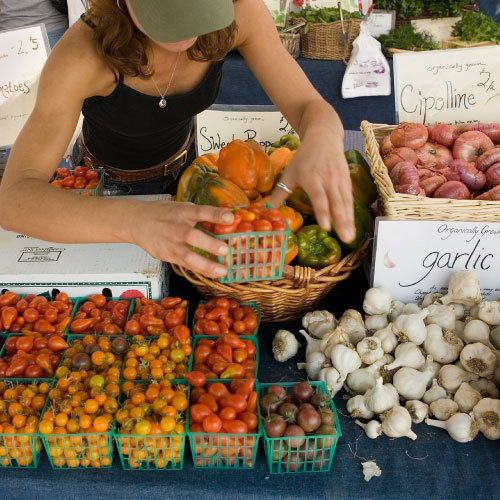
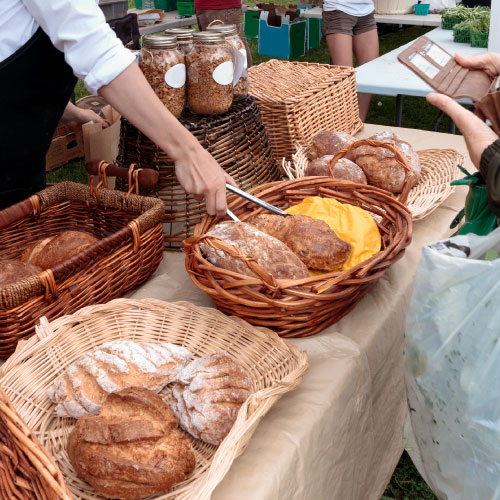
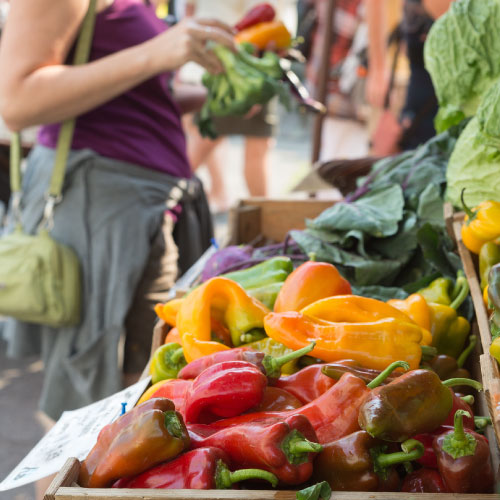
Purchasing a POS machine
There are some opportunities to help offset the costs of EBT equipment to farmers markets establishing this service. When shopping for a POS machine, consider these questions:
- Does the POS provider have experience working with farmers’ markets?
- How many steps does it take to complete a sale?
- Can you deactivate the machines during the off-season? And how much will it cost to re-activate them in the spring?
- Can you borrow a machine to test its signal strength at the market?
- Is the machine light and easy-to-store?
- Is there a 24-hour help hotline, in case you have technical difficulties at market?
- How long does it take for the sales money to appear in your bank account?
- Will you receive a clear, easy-to-read statement?
Finding a POS provider that fits your needs can be a daunting task. This USDA link is a list of all EBT POS providers. Below is a partial list of POS providers that are working with farmers’ markets in Arkansas. There may be others
- FIS
- MarketLink (Novo Dia Group)
- Merchant Source
- World Pay
What costs can the market expect?
Every wireless provider has its own costs and fees. Some of the providers lump the different fees into one monthly charge; other companies will break down the costs into different categories. Charges can be broken down into the following categories:
- Equipment fees: Purchasing a machine is a one-time cost of $900 – $1000.
- Wireless rates: A monthly cost for the wireless technology programmed into the machine. This cost is about $40/month.
- Transaction fees: Most companies apply a transaction fee, a cost every time a card is swiped through the machine, for EBT cards (between $0.05-$0.12 per transaction), credit cards (about 1.78 percent of purchase) and debit cards (between $0.21-$0.41 per transaction).
- Processing fees: These fees only apply to credit and debit card transactions. There is no processing fee for EBT sales.
Should my market accept debit and credit cards?
Accepting credit and debit cards at the market adds an unpredictable, fluctuating curve to the monthly expenses because of transaction and processing fees. These extra costs are usually paid by the farmers’ market organization, the vendors or the customers themselves. For instance, your market may choose to charge Credit and Debit customers a small fee. These funds can be used to pay for Credit and Debit transaction and processing fees. There are many factors that can help you decide whether or not to accept credit and debit cards. The locations of nearby ATM machines will be a good indicator; if the nearest ATM machine is inconvenient or if it charges a transaction fee, then customers may find it more convenient and less expensive to use their card at the market.
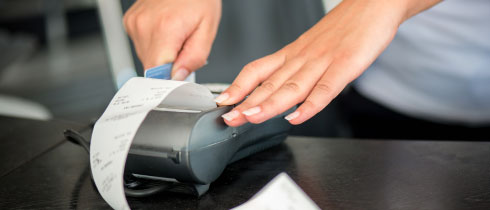
Market Currency
SNAP customers swipe their SNAP card to receive market currency. For instance, if a customer swipes their SNAP card for $10, they receive $10 in market currency. Most markets use tokens or scrip (paper coupons) as market currency. Tokens or scrip are used like cash to purchase SNAP-eligible items.


Tokens:
- Market Specific- Market logo on reverse side
- Can be serialized or have other security features
- Can be in any denomination
- Can be used for many years
- Initial cost greater than paper scrip
Scrip:
- Much the same as tokens, except they will deteriorate more quickly and are easier to counterfeit
- Less initial cost than Tokens
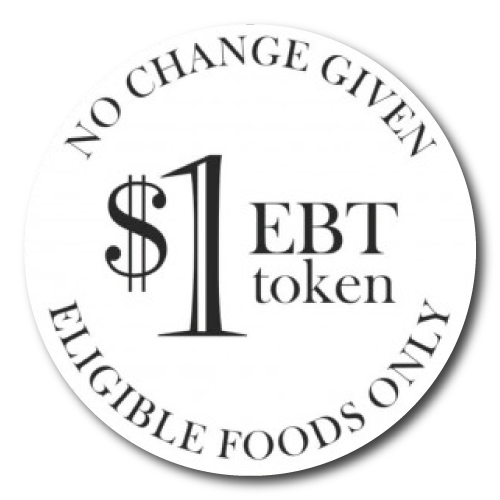
Vendor Reimbursement
It is up to Market Management to decide on the best means of reimbursement for vendors.
- Markets that have the funds to do so may reimburse vendors at the end of every market day (Before SNAP funds are actually deposited into the Market bank account. Remember: It takes up to seven days for SNAP funds to be deposited).
- Markets may ask their vendor to collect tokens/scrip until a certain amount is reached before reimbursement.
- Markets may reimburse with cash, check, or by crediting funds toward market fees.
- The market manager should be responsible for tracking the sales through the POS machine.
- It is important to keep good records of sales and reimbursement. For example, you could use a Sample Reimbursement Form.


